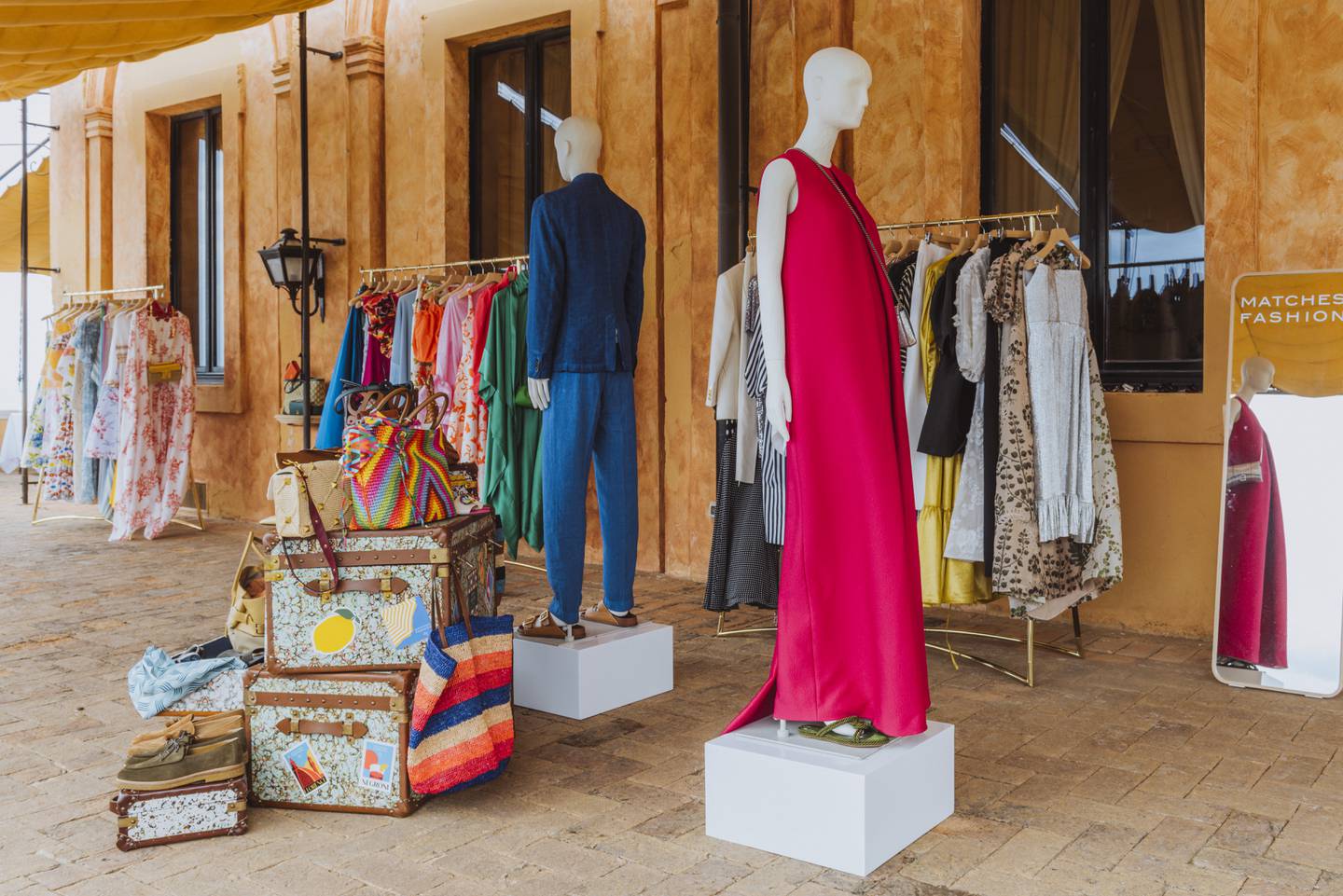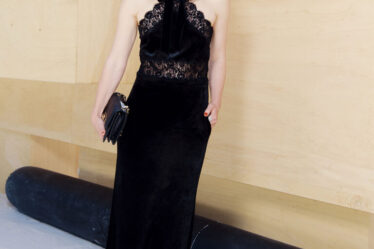
It started with a bathroom renovation.
In 2005, Marie-Louise Sciò, fresh out of studying architecture at the Rhode Island School of Design, had no ambitions to enter the hospitality business. But when her father, Roberto Sciò, asked her to remodel one of the washrooms at Il Pellicano — the mid-century hotel on the Argentario coast of Tuscany that he had owned since 1979 — she accepted the challenge.
“Then I really started getting into it,” she said. By 2007, Sciò, a tall brunette with a clear sense of fashion and a global sensibility, had begun a revamp of the entire property, where her friends from the art and fashion worlds, inspired by its combination of vintage charm and modern sophistication, were coming to stay with increasing frequency. She recruited Juergen Teller to photograph the scene — populated by the likes of Margherita Missoni, Vladimir Restoin Roitfield and Giovanna Battaglia Engelbert — inspired by images that Slim Aarons and John Swope had taken at the hotel in the 1960s when it opened. In 2011, she published a coffee table book featuring images from all three photographers.
“That [book] was a big game changer in terms of perception,” said Sciò, who was named chief executive in 2012. “It put [Il Pellicano] on the map for a whole new group of people.”
Over the past decade, Sciò has helped to redefine the top end of the hospitality pyramid as consumer expectations have evolved. Beautiful locations, comfort and unimpeachable service are no longer enough to entice a sophisticated set of high-net worth travellers: they want style, too.
In recent years, luxury brands like Armani and Bulgari have pushed into hotels in an effort to attract high-net-worth consumers interested in spending an increasing amount of their disposable income on experiences. At the same time, hospitality ventures like Soho House and Ace have taken a more design-driven approach, hiring in-demand architects and interior specialists to create distinctive environments, as well as savvy buyers to stock their retail stores with under-the-radar fashion labels rather than typical tourist tchotchkes .
None have managed to do it quite like Sciò, who has extended her hotel brand into fashion, starting with Pellicano Group’s merch — like a dog bed rendered in its signature yellow stripes — and expanding into collaborations. A 2019 partnership with Birkenstock was an instant hit — so successful that the shoemaker, now owned by L Catterton, developed a version of the wildly popular raffia double-strap style designed with Sciò for its main collection.
That same summer, Il Pellicano hosted a pop-up with Matchesfashion, the first place you could buy the collaboration online, on the hotel’s yacht. “We like to find partners who are similarly minded to us,” said Matchesfashion CEO Paolo De Cesare, noting that the group’s hotels are beautiful, sophisticated and lively: an ideal place to host top clients. (This year, the two companies once again partnered, this time on a tour of Rome, Florence, Naples and Ischia, including a four-day event at a Pellicano-managed hotel. The “Grand Tour II” was promoted heavily by both sides, including through Sciò’s own Instagram account, which boasts more than 63,000 followers.)
It didn’t hurt that Pellicano group’s “fashionisation” came just as resortwear was emerging as a significant year-round category for many fashion brands.

Sciò’s ambitions to make Il Pellicano and sister property La Posta Vecchia — a villa near Rome previously owned by J. Paul Getty — more than a hotel group proved fortuitous when, at the height of the pandemic in June 2020, she launched Issimo, a full-fledged e-commerce site dedicated to Italian food, design and fashion.
Two years in the making, it gave locked-down consumers an opportunity to buy everything from an €88 Pellicano-branded tote — packed with a moka pot, freshly ground coffee beans and Krumiri Rossi cookies — to a pair of €625 satin flights designed exclusively for the site by Aquazzura.
“It was a sophisticated move,” said Sean O’Neill, senior hospitality editor at Skift, a travel industry intelligence company. “It makes sense because the audiences for the hotel experience and for the fashion experience truly overlap.” The site generated over a half a million euros in revenue in 2020, a significant sum in a year when Italian hotels were hard hit.
But the site was more than a pandemic band-aid, according to Sciò. While Issimo will make up only about 3 percent of the group’s overall revenue in 2022 — a little over €800,000 — it’s helped to raise brand awareness globally, with 88 percent of sales coming from outside Italy. After signing an agreement to manage another Italian seaside hotel, Mezzatorre in Ischia — a picturesque volcanic island near Naples — in 2021, the company is on track to generate nearly €27 million in revenue this year, up from €22 million in 2019.
Part of that growth has to do with a boom in summer travel to Europe, driven largely by affluent Americans, with occupancy rates at luxury hotels nearing 2019 levels, according to STR, an industry data tracker. (In Italy, the average daily rate for a room was more than €630 in May, according to preliminary data, up from €483 in the same month in 2019.)
It’s also down to Sciò’s savvy. She understands what makes for a sexy brand, has the right connections and has been able to marry that marketing acumen with an ability to deliver a consistent experience.
“Can you genuinely tell a Ritz Carlton from a St Regis from a Waldorf if you look at a room or lobby picture?” asked Rob Burgess, editor of UK-based frequent-traveller site Headforpoints.com.
Sciò’s distinctive point of view could make the Pellicano Group an attractive acquisition target for not only hospitality conglomerates chasing cool, but also the likes of LVMH and other fashion groups, which have invested more in experiential luxury in recent years.
LVMH currently owns less than 1 percent of the overall market for luxury hotels, according to Euromonitor research analysed by Bernstein, but views hospitality as a way to deepen connections with top customers. When it bought the Belmond group in 2018 for $2.6 billion, LVMH CFO Jean-Jacques Guiony said there would be opportunities for Belmond to collaborate with other LVMH brands.
“The high-end luxury hotel market is still fragmented, with the opportunity for large chains and new entrants like LVMH to build up their portfolios through M&A,” said Bernstein analyst Luca Solca, noting that demand at the high end of the hotel market “exploded” this year.
As for whether this family-run business would entertain such a deal: “We are of interest to people,” Sciò said. “But it’s like a marriage. We definitely need to find the right husband.”
Additional reporting by Tamison O’Connor.

Disclosure: LVMH is part of a group of investors who, together, hold a minority interest in The Business of Fashion. All investors have signed shareholders’ documentation guaranteeing BoF’s complete editorial independence.



